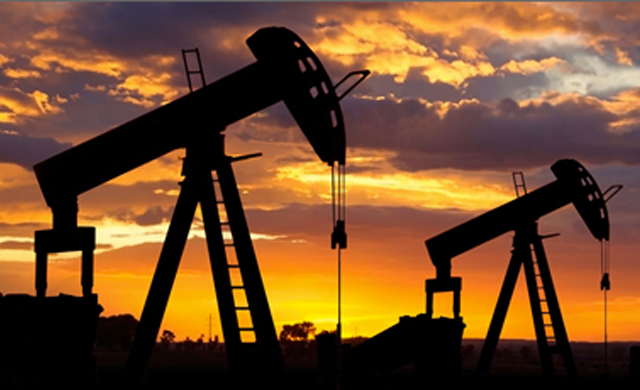Statistically, the last week of the year has almost always been the strongest period for the S&P 500 – it is estimated that more than 69% of the time since 1950, the index has closed the final week of the year higher. Despite all the circumstance, this time has been no exception – both the S&P 500 and the Dow Jones ended 2021 at all-time highs. Apparently, investors chose to ignore rising infections and warnings from major chipmakers that an outbreak in China could worsen the global logistics crisis.

Looking ahead, we do not rule out that market sentiment could be altered by a number of factors. Firstly, the economic slowdown in China – last week the People’s Bank of China (PBOC) injected 200 billion yuan (€27.725 billion) in short term through a refinancing (repo) operation in which it applied an interest rate of 2.20%. At the quarterly meeting of the Monetary Policy Committee of the PBOC, the entity pointed out that the external environment becomes more complex amid uncertainties due to the development of the pandemic, while China’s economic growth faces triple pressures, including demand contraction, supply shocks and weakening expectations. For this reason, the PBOC will give top priority to stability and seek progress while ensuring stability, so it will coordinate monetary policies for this year and next year to promote high-quality economic development.
Secondly, stock market optimism may diminish in the face of rising geopolitical tensions with Russia. Last week, the meeting between Joe Biden and Vladimir Putin took place in which the US president urged his Russian counterpart to reduce tensions with Ukraine in view of the mobilization of troops on the Ukrainian border. Along with this, Biden reaffirmed Washington’s threat to impose new sanctions on Russia in the event of an escalation or invasion, to which Putin responded with his own warning that this could lead to the total severance of ties between the nations.
What does Russia want? That NATO renounce all military activities on the territory of Eastern European, Transcaucasian and Central Asian states, as well as military cooperation with them, refuse to deploy short- and medium-range missiles near Russia, and carry out in the rest of the world those military activities that Russia considers a threat to its national security. Unfortunately, the United States and its allies had previously refused to give Russia the assurances on Ukraine that Putin was talking about, referring to the NATO principle that membership is open to any country that meets the requirements.
Speaking of central banks, it is possible that the crisis in Turkey will be thrown to the rest of the emerging countries. Last week the Turkish lira again began to weaken, further undermining the gains made a week earlier. Investors remain concerned about the country’s unconventional monetary policy and rising inflation. The problem lies in the fact that the central bank’s net foreign exchange reserves – its effective buffer against the financial crisis – fell to almost their lowest level in two decades. The fact that the Turkish regulator has said it will prioritize measures aimed at encouraging savers to use lira deposits indicates that inflation in the country could rise further.
Speaking of the perspectives, the good news is that the supply crisis is nearing its end and, with it, the rise in commodity prices will cease. On top of that, inflation for developed markets is on track to reach 4.7% by the end of this year, a figure that is described as “not insignificant”, and which in a typical economic cycle would be a clear signal for central banks to raise rates and slow growth. In Europe, inflation is estimated to fall from 4.1% at the end of 2021 to 3.1% by the first quarter of 2022 and eventually fall below the European Central Bank’s (ECB) 2% target inflation rate. Overall, emerging market growth will remain strong in 2022, with a GDP growth of 4.9% for all emerging markets.


 Hot Features
Hot Features













